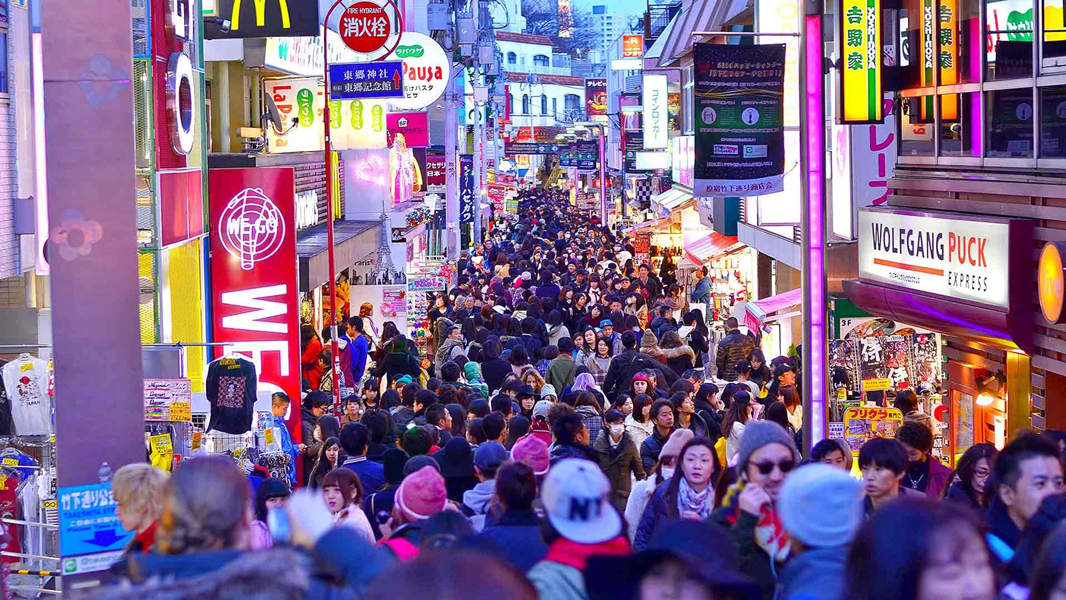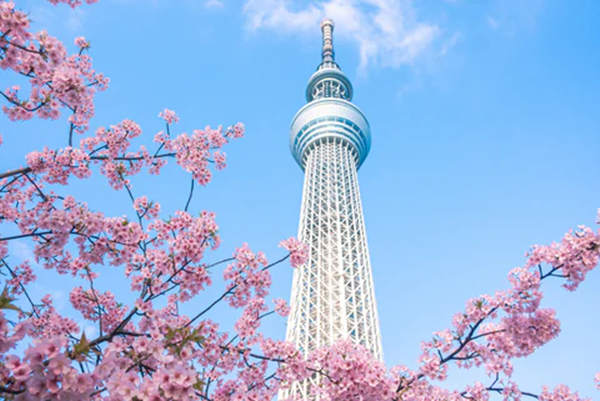Tokyo: Must-See Attractions
|
Tokyo is a dazzling metropolis where cutting-edge technology and deep-rooted tradition exist side-by-side. From serene ancient temples to buzzing electric towns and sprawling urban parks, the city offers an endless array of experiences. This guide covers the essential sights that define Japan's incredible capital. |
||||
|
|
Tokyo Skytree
Location: Sumida
One of the tallest structures in the world at 634 meters. Its two observation decks offer breathtaking 360-degree views of the entire Kanto region. The base of the tower is Solamachi, a large complex with an aquarium, planetarium, and over 300 shops and restaurants. |
 |
||
|
Meiji Jingu Shrine
Location: Harajuku |
|
Harajuku & Takeshita Street |
||


